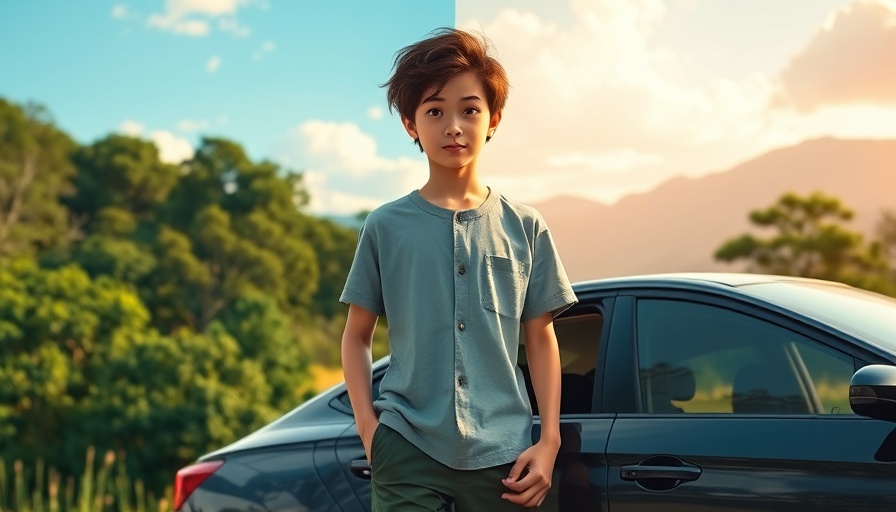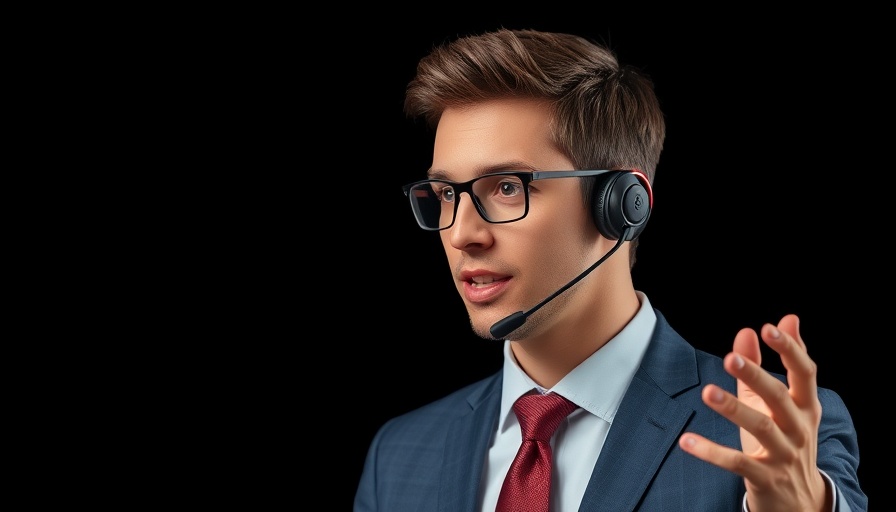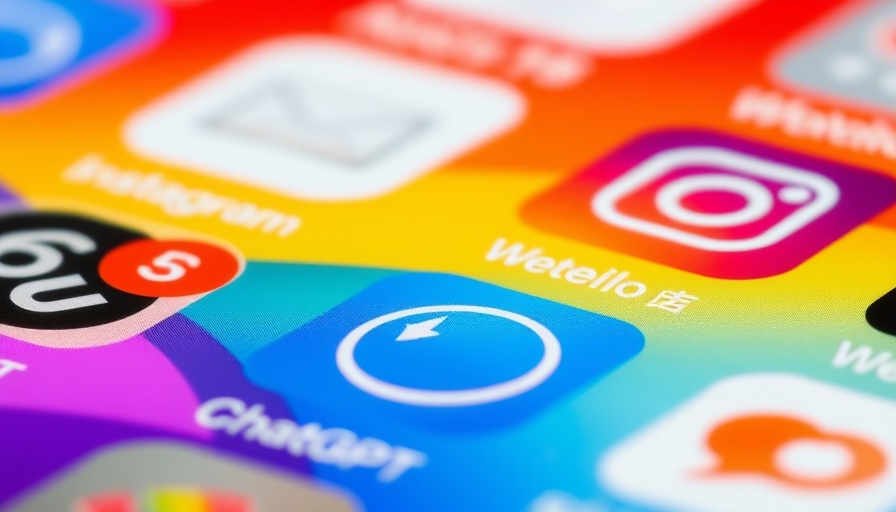
How AI is Transforming Our Perception of Reality
Artificial intelligence has become an integral part of our daily lives, influencing everything from how we communicate to how we create art. The recent surge in popularity of AI-generated artworks, particularly those styled after Studio Ghibli, raises questions about creativity, originality, and the implications of technology in shaping our perceptions. As more people use AI tools like ChatGPT and Grok, it becomes crucial to explore what these innovations mean for our understanding of visual representation.
Eerie Insights: The Ghost Phenomenon in Ghibli Edits
The bizarre occurrence of extra figures appearing in Ghibli-style edits has set social media ablaze, sparking a wave of ghostly theories. Users transforming their photos report that AI tools occasionally add individuals who were never present in the original images. This surprising addition has led many to speculate about the AI's potential to detect spirits, a theory fueled by the imaginative styles reminiscent of the Ghibli universe, which often celebrates the unseen and the magical.
Understanding the Technology Behind the Magic
At the heart of these captivating creations lies complex algorithms that interpret visual data and generate corresponding images. Such AI systems utilize vast datasets of art styles and human figures, enabling them to produce edits that reflect an understanding of nuance and creativity. However, as exciting and enchanting as these technologies can be, the unexpected results—such as the inclusion of 'ghosts'—signal a need for scrutiny around AI's interpretation and representation of reality.
A Parallel Example: AI in Film and Gaming
Similar phenomena appear in other realms of creative media, such as film and gaming, where AI algorithms are employed to enhance storytelling and character development. For example, deepfake technology can recreate performances or insert historical figures into modern narratives, often to the astonishment of viewers. While these methods offer fresh perspectives and storytelling possibilities, they also spark debates about authenticity, consent, and the potential for deception.
The Cultural Impact of AI-Generated Art
As AI continues to evolve, the proliferation of AI-generated art invites reflection on its cultural significance. Studio Ghibli films have always emphasized themes of nature, spirituality, and the supernatural; thus, the emergence of ghost theories in edits feels particularly fitting. The success of these AI applications not only reshapes artistic landscapes but also diversifies discussions around what constitutes art, creativity, and the human experience.
Decisions You Can Make with This Information
The insights drawn from the Ghibli edits challenge creators, technologists, and audiences alike to reassess their relationship with digital content. As AI becomes more prevalent, individuals can decide how to engage with this technology—whether to embrace its creative potential or question its consequences. Understanding these dynamics enables individuals to navigate the increasingly complex interplay between AI and human creativity more mindfully.
Conclusion: Embrace Technology Thoughtfully
The intersection of AI and creativity exemplifies the transformative power of technology in our current age. While the eerie occurrences in Ghibli edits pose intriguing questions about ghosts, they also invite a broader discussion about the evolving nature of art and originality. As you explore the world of AI-generated content, consider the implications it holds for you and the creative landscape at large.
 Add Row
Add Row  Add
Add 




 Add Row
Add Row  Add
Add 

Write A Comment